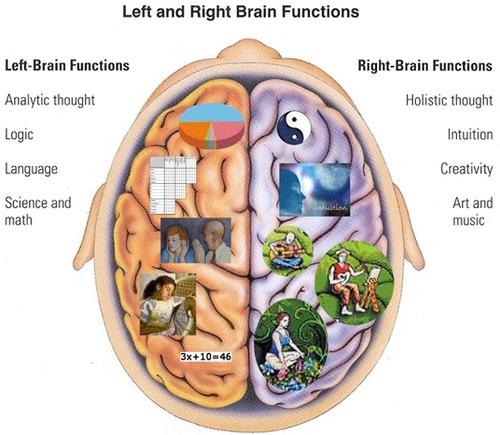Neuroscience is a field of study that focuses on the biological basis of behavior, including how the brain and nervous system function. The field has seen significant advances in recent years, thanks to new technologies that allow researchers to study the brain and nervous system in unprecedented detail.
In this article, we will explore some of the key concepts and findings in neuroscience, including the structure and function of the brain, the role of neurotransmitters, and the impact of genetics and environment on brain development.

The Brain and Nervous System
The brain is the most complex organ in the body, containing billions of neurons and trillions of synapses, or connections between neurons.
The brain is responsible for regulating many bodily functions, including movement, sensation, perception, and thought. It is divided into several regions, each with specific functions and responsibilities.
The cerebral cortex is the outermost layer of the brain and is responsible for many higher-level cognitive functions, including language, reasoning, and decision-making.
The cortex is divided into lobes for executive functions and sensory processing awareness.
A limbic system is a group of structures located in the center of the brain that is responsible for memory. The amygdala is responsible for processing emotions, while the hippocampus is in memory formation and retrieval.
The brainstem and cerebellum are responsible for regulating bodily functions breathing also heart rate, as well as coordination, and balance.
Neurons and Neurotransmitters
Neurons are the basic building blocks of the nervous system. Specialized cells transmit information throughout the body. Communicate with each other through synapses, which are small gaps between neurons.
Neurons communicate with each other using chemicals called neurotransmitters. Neurons bind to receptors released from Neurotransmitters, they can transmit from one neuron to the next.
There are many different types of neurotransmitters, each with different functions and effects on the body. For example, Mood Regulation and Sleep are Serotonin while motivation and reward are dopamine
The Role of Genetics and the Environment
Both genetics and environment play important roles in brain development and function. Genetic factors can influence the structure and function of the brain, as well as susceptibility to certain disorders.
For example, mutations in the gene produce protein can lead to Huntington’s disease, a neurodegenerative disorder that affects movement.
Environmental factors can also have a significant impact on brain development and function. For example, exposure to toxins such as lead or alcohol during development can lead to cognitive also behavioral deficits. Conversely, experiences such as learning a new skill or exercising can lead to changes in brain structure and function.
Plasticity and Learning
One of the most remarkable features of the brain is its ability to change and adapt in response to experience. This process, known as neuroplasticity, is essential for learning and memory.
Neuroplasticity allows the brain to reorganize itself in response to new experiences strengthening existing ones.
Research has shown that neuroplasticity can be enhanced through activities a new skill, exercising, or engaging in meditation. These activities can lead to changes in brain structure also function, including increased connectivity between different brain regions.
Neuroscience and Mental Health
Neuroscience has also shed light on the underlying mechanisms of several mental health disorders, including depression, anxiety, and schizophrenia. 바카라사이트